Description
GE IC690RFH008: Your Reliable RFID Workhorse for Legacy Production Lines
Let’s be real – if you’re still running GE Fanuc Series 90-30 PLCs (and plenty of you are, especially in food processing or automotive plants), this RFID module isn’t flashy but it gets the job done. One thing I appreciate is how it slots right into existing racks without making you rip out half your control cabinet. You might notice it won’t handle the latest UHF tags, but for reading basic 125 kHz proximity tags on pallets or tooling fixtures? It’s been saving downtime headaches since the early 2000s.
Why This Still Matters on Your Floor
- DIN-rail survivor – Still mounts on standard TS-35 rails alongside your old IC690CPU311s. No adapter plates needed, which matters when your maintenance team’s digging through dusty spares bins at 2 AM.
- Tag-agnostic (within reason) – Reads most common 125 kHz EM tags through oil, paint, or grime. Saw one hold up in a foundry where newer readers choked on metal dust – not ideal, but functional.
- Series 90-30 handshake – Communicates natively over the backplane. Skip the gateway headaches you’d get forcing modern RFID into this architecture.
- Field-serviceable coils – Blown antenna driver? Swapping that little coil beats replacing the whole $800 module. Mechanics love this.
Straight Talk Specs
| Parameter | Detail |
|---|---|
| Brand/Model | GE Fanuc IC690RFH008 |
| HS Code | 8537.10.00 (Programmable controllers) |
| Power | 24V DC (draws 120mA from backplane) |
| Operating Temp | 0°C to 55°C (typical for control cabinets) |
| Tag Frequency | 125 kHz (EM resonance) |
| Mounting | DIN rail (TS-35), 30mm width |
Where It Actually Pulls Shift
From my experience, this shines in three gritty scenarios: tracking reusable totes in beverage bottling (where labels wash off), verifying tool presence on CNC spindles, and confirming pallet staging in freezer warehouses. One plant manager told me it cut mis-routed pallet errors by 70% in their warehouse – not because it’s magical, but because the old barcode scanners froze solid at -20°C. It won’t replace a modern RFID system, but if you’re stuck supporting aging lines? It’s the duct tape that actually holds.
Why Procurement Should Care
Look, you’re not buying innovation here – you’re buying continuity. The real value? Avoiding $15k+ in reprogramming costs when newer readers demand protocol converters. In many cases, the 365-day warranty matters more than specs because when this fails (usually from voltage spikes), we’ll have a replacement shipped via DHL or UPS within a week – not next quarter. Pay 50% upfront, and if your line’s down, we’ll rush it before full payment clears. That’s how you keep production running.
Keeping It Alive (Without Tears)
Mount it in a NEMA 12 cabinet – those coils pick up noise like a radio. Leave 10mm clearance on both sides for heat dissipation; I’ve seen units fail prematurely when jammed between power supplies. Clean antenna connectors yearly with contact cleaner (isopropyl works in a pinch), and check tag read distances quarterly – drift usually means the coil’s dying. Firmware’s fixed, so no updates, but verify backplane contacts if comms get flaky. One plant saves hours by labeling antenna cables “LEFT” and “RIGHT” – avoids swapped connections during rebuilds.
Certifications & Peace of Mind
Carries CE and UL 61131-2 marks – nothing fancy, but meets baseline industrial safety. The 365-day warranty covers component failures (not lightning strikes or coolant floods). If it arrives DOA, we’ll replace it same-day – no RMA song and dance. Just send a photo of the failed unit in-rack. Seems obvious, but you’d be surprised how many vendors skip this.

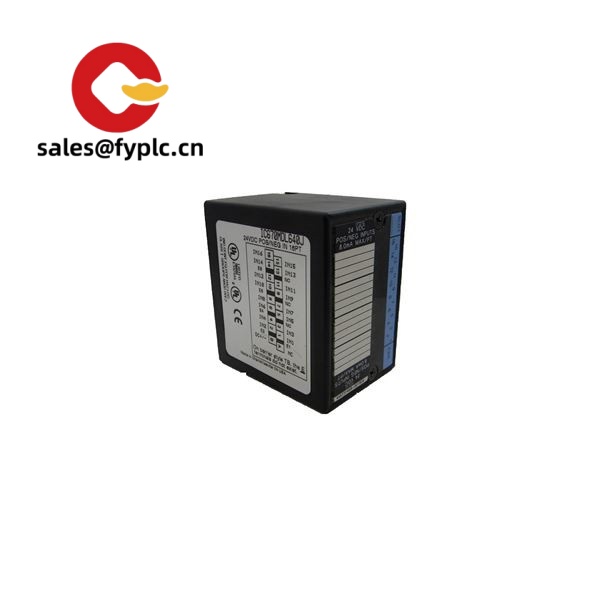
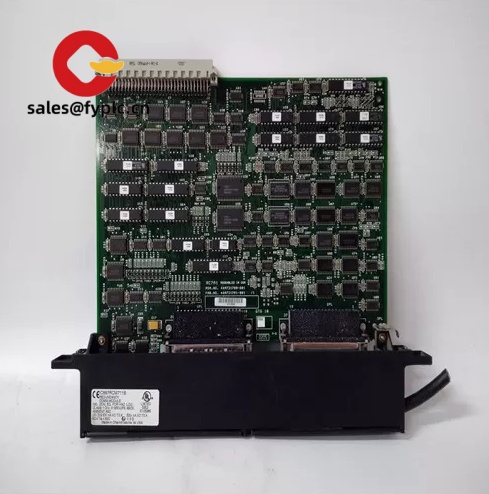
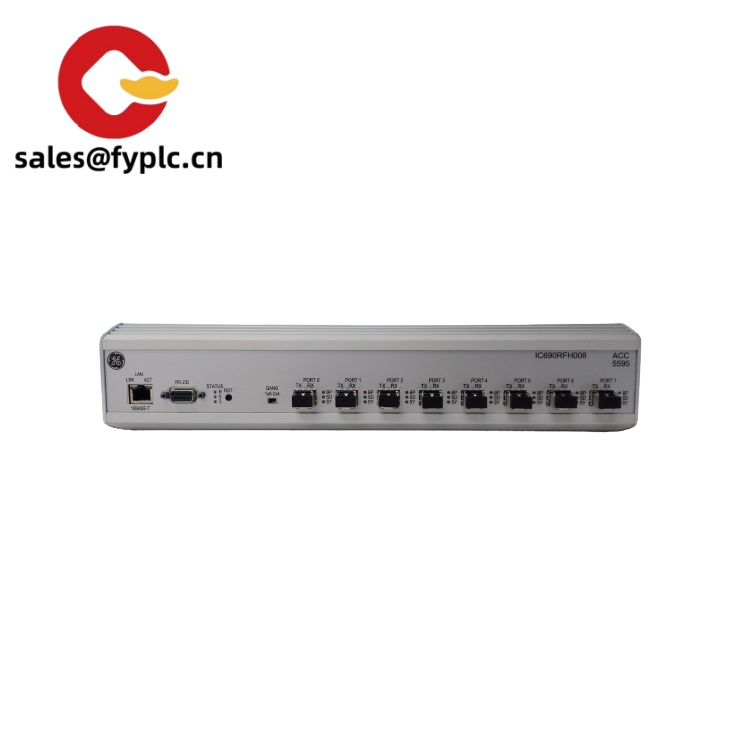
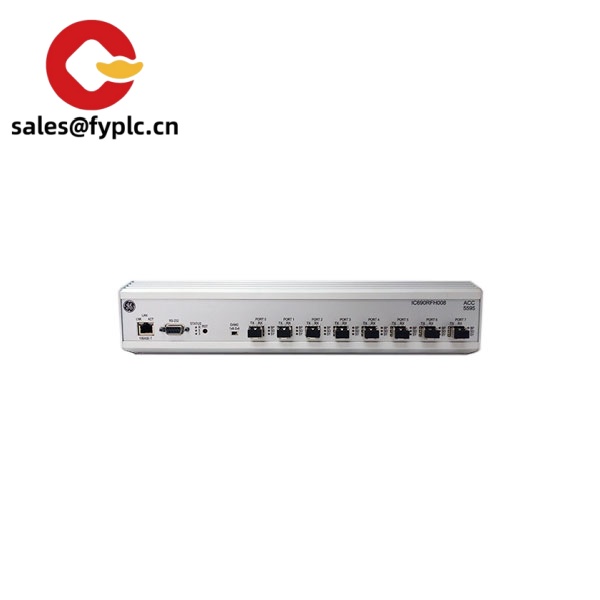
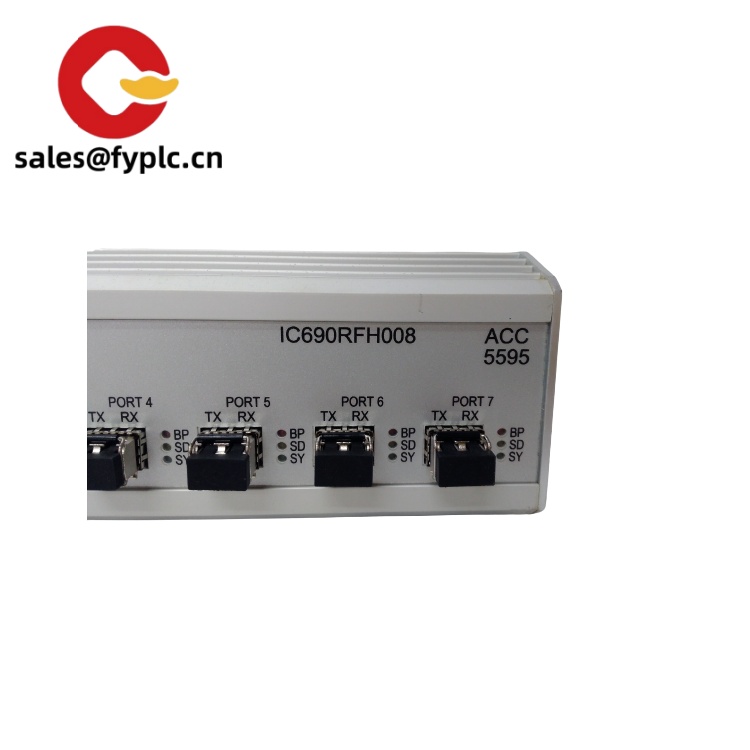
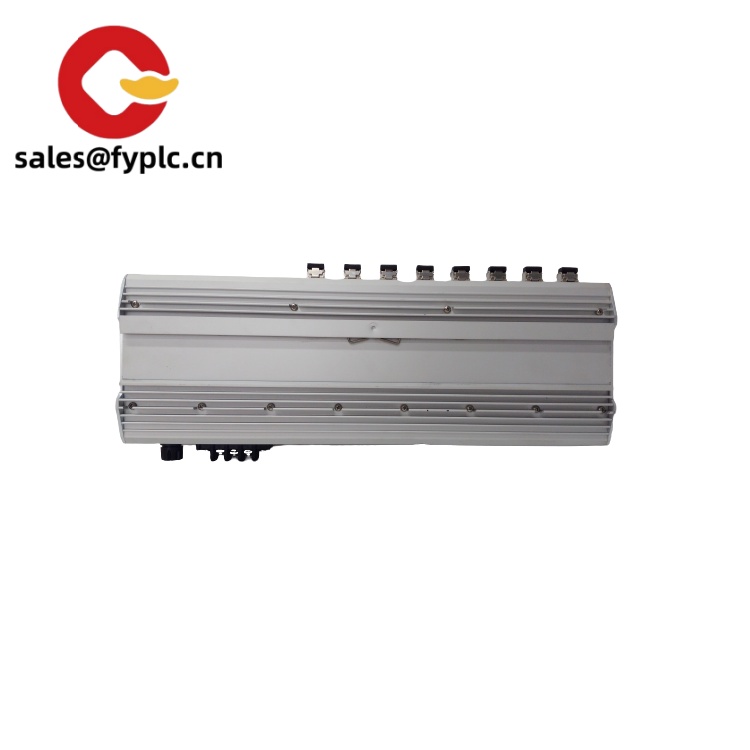



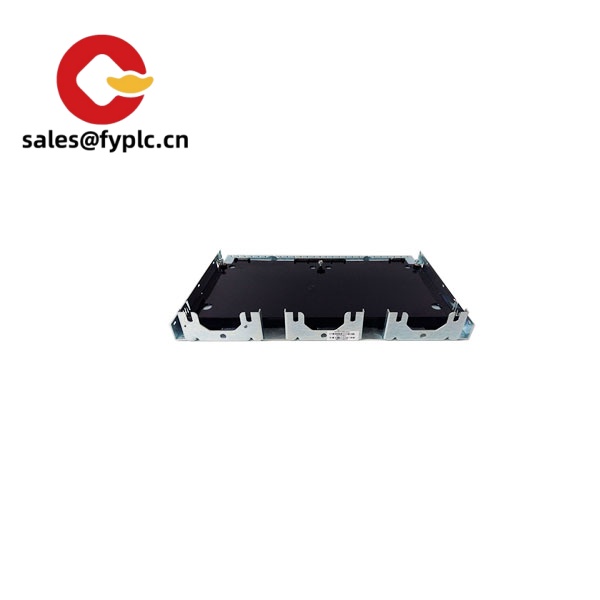
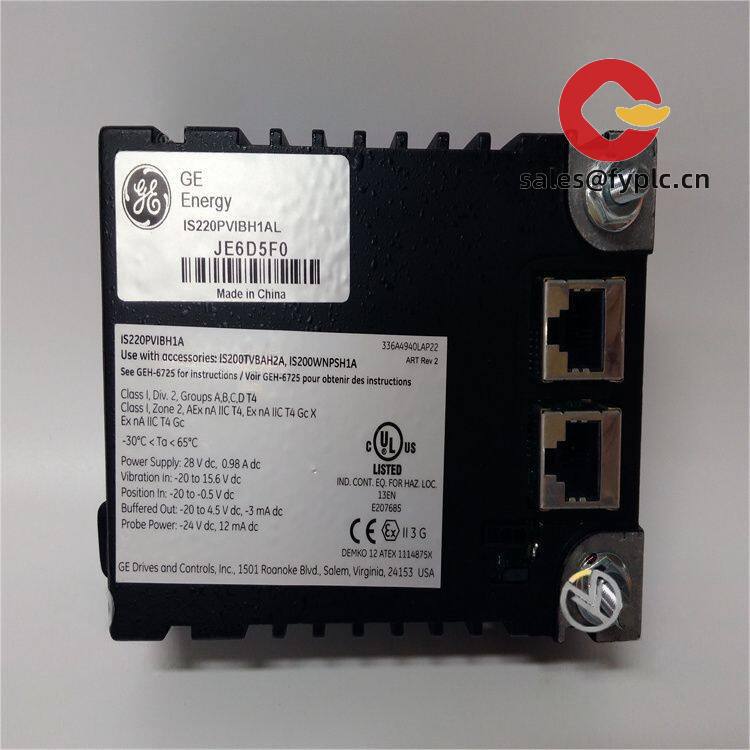
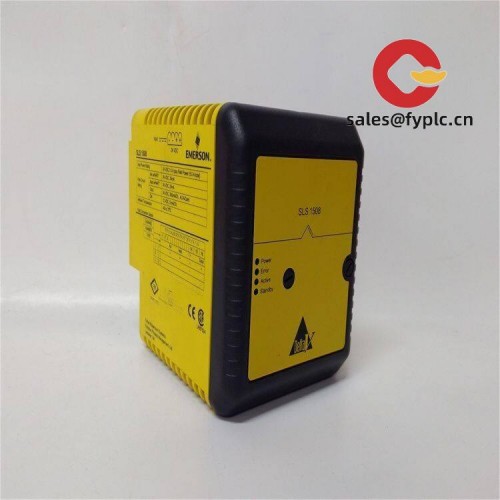
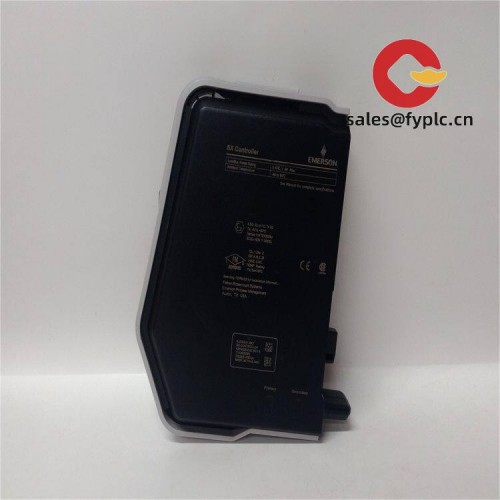
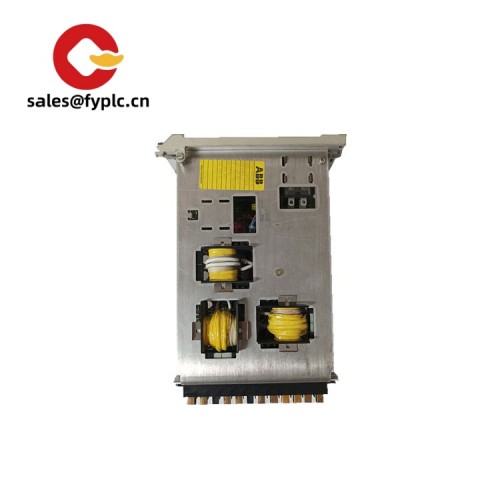
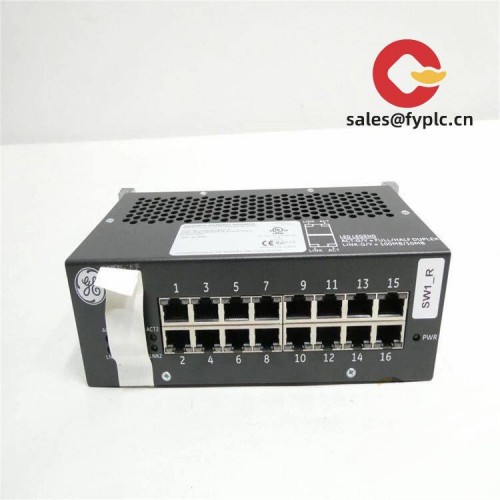
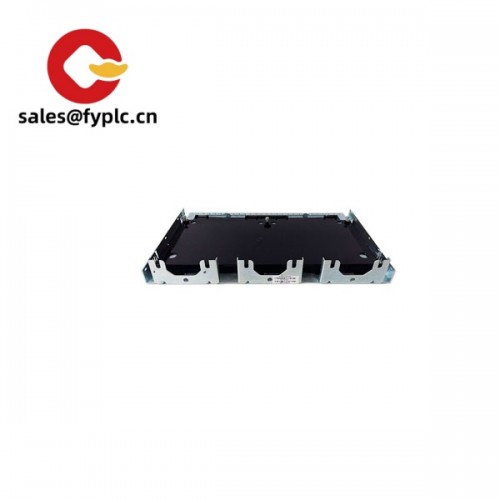


Reviews
There are no reviews yet.